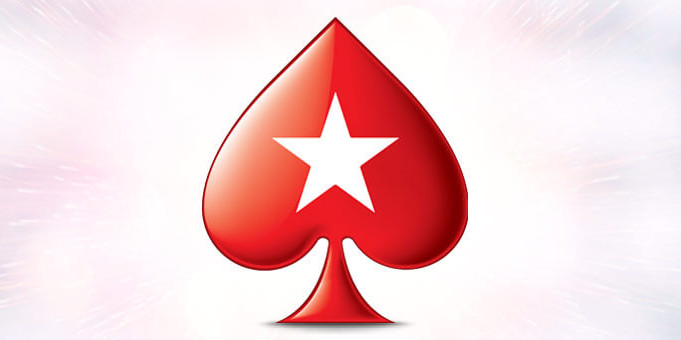
It is not often that we write about PokerStars.net on this site, as PokerStars.net is for play money only and really, who cares about play money poker?* Recently, though, PokerStars.net pushed a software update that added something called All-in Cash Out tables to its cash game lobby as a way to test them for possible future use on its real money sites. These tables are interesting, as they allow players to take their equity in the pot in an all-in situation without the risk of playing the rest of the hand out.
At specific All-in Cash Out tables, the feature presents itself when a some is all-in, gets a caller, and there is no further action remaining. Basically, the point in an all-in when players would turn over their cards, aside from showdown, as it wouldn’t make sense in this case.
At this point, the players who are still in the hand are presented with two buttons: “Resume Hand” or Cash Out.” If a player decides to cash out, he receives an amount equal to his equity and he is done with the hand. These chips come directly from PokerStars, not from the pot itself – the pot stays on the table. If both players decide to resume, the hand just plays out as normal. PokerStars takes a fee of 1% from the earnings of any player who chooses the cash out. This leads to a few different types of scenarios, so let’s take a look at them.
In our scenarios, let’s assume I am heads-up in a cash game against you, the reader. I am all-in for $100 total after the flop and you have made the call to create a $200 pot (we won’t worry about rake and blinds and what-not). I am a 70% favorite to win.
We both resume the hand
The turn and river are dealt as always and whoever has the best hand at the end wins. Nothing out of the ordinary and PokerStars takes no additional rake.
We both choose to cash out
Since my equity is 70%, I would automatically win $140 (70% of $200). PokerStars would take 1% of this, leaving me with $138.60.
Your equity is 30%, so you would get $60 less 1% for a final “win” of $59.40. PokerStars scoops the pot, making a $2 profit.
I choose to cash out, you choose to resume and I win the hand
Here is where it gets bizarre. I cash out, so I receive my $138.60. I am now done with the hand and cannot win any more money, even if I have the best hand after the river. Therefore, when I win the hand, I don’t get any more money, but you don’t get anything either, since you opted to resume and lost. For you, it’s just like losing a normal hand. There is still $200 on the table, though, since my winnings came from PokerStars’ pocket. PokerStars takes that $200 and thus actually makes $61.40 off of our poker hand.
I choose to cash out, you choose to resume and you win the hand.
Again, I get $138.60, since I cashed out. You win the hand, though, so you take the $200 pot. In this case, PokerStars actually loses money since it is the poker room that paid me my winnings.
Even though PokerStars will take a hit on lots of hands, it will make an inflated profit on many, as well. These will likely even out in the long-term and PokerStars will make money from All-in Cash Out tables via that 1% fee.
*Honestly, play money poker can be fun if you have been away from real money poker for a long time and just want to play a little poker. At higher stakes, play money poker games can often behave a lot like real money games.


















